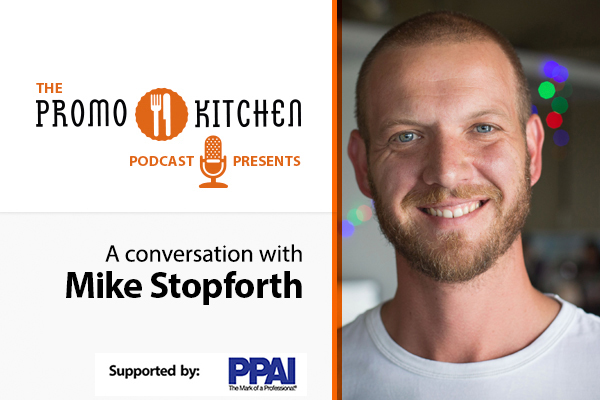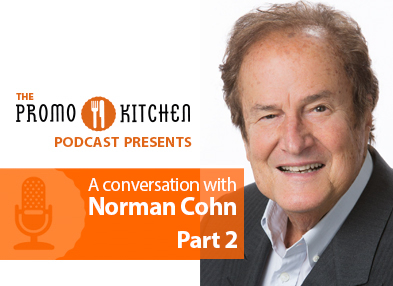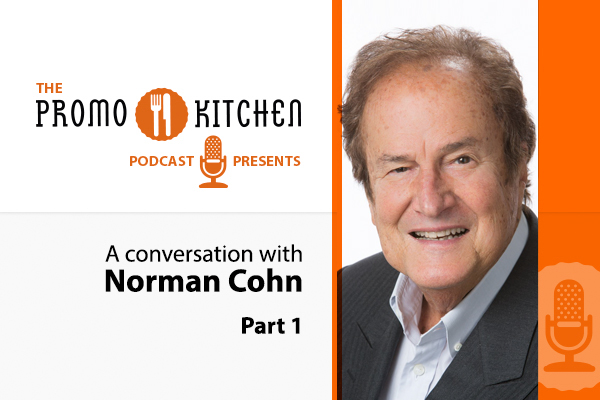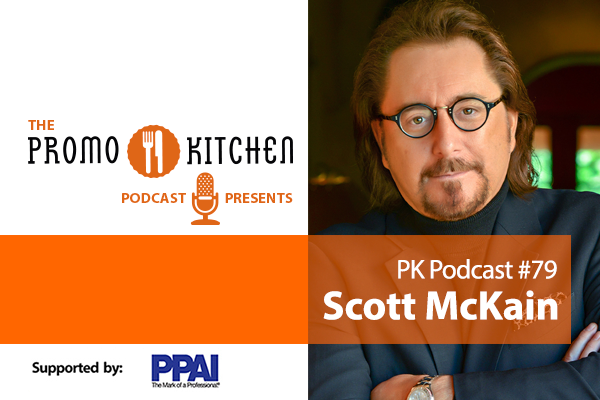 Welcome to Salt & Pepper! Salt & Pepper is basically the PromoKitchen equivalent of debate team. The purpose of this monthly article is to open up discussion and conversation on different challenges facing the Promotional Products Industry. Given the enormity of the Staples acquisition of Top 40 Distributor Accolade Promotion Group, chef Kirby Hasseman and industry veteran Bill Petrie discuss whether the continued consolidation within the industry should be of concern to independent distributors. Their respective arguments are below. What are your thoughts on each side? We welcome your comments!
Welcome to Salt & Pepper! Salt & Pepper is basically the PromoKitchen equivalent of debate team. The purpose of this monthly article is to open up discussion and conversation on different challenges facing the Promotional Products Industry. Given the enormity of the Staples acquisition of Top 40 Distributor Accolade Promotion Group, chef Kirby Hasseman and industry veteran Bill Petrie discuss whether the continued consolidation within the industry should be of concern to independent distributors. Their respective arguments are below. What are your thoughts on each side? We welcome your comments!
NOTE: Salt & Pepper is intended to foster intelligent dialogue between professionals. This is not a dagger throwing contest. Be honest and authentic, but please also be kind and keep it classy.
—————————————————————————————————————————-
It seems that every few months there is an announcement of yet another acquisition from one of the top distributors. This month has been no different with the news of Staples absorbing Accolade Promotion Group out of Canada. Many in the United States aren’t familiar with Accolade but they were number 21 on the Counselor Distributor top 40 list in 2013 (2014 rankings haven’t been revealed) with over $74MM in annual revenue. This means the partnership between Staples and Accolade now represents a half billion dollars of revenue in the promotional products industry.
Think about that for a moment – one half billion dollars. And don’t think the acquisitions will stop there, because surely they will not.
I understand that this is how corporate America operates. Heck, I’ve been part of many acquisitions both in and out of our industry, but the continued growth by acquisition by a mega-distributor like Staples continues to further the divide between the haves and the have-nots. With even more buying power, the company will likely continue to position promotional products as a commodity rather than a creative advertising vehicle. That positioning will only further promote industry wide margin erosion, which puts undue pressure on the middle class of our advertising world: the small $1MM – $10MM distributorship that drives creativity and moves the industry forward.
From my perspective, this is akin to Comcast buying up their competition – most recently Time Warner Cable. At one time, Comcast was known as revolutionary as they propelled the cable industry forward in the 1980’s and 1990’s. Now, Comcast is synonymous with the term “bad customer service experience” yet has effectively killed off any competition for cable television in the United States. I’m not necessarily suggesting Staples will follow Comcast’s exact route, but the continued growth by acquisition alone should be concerning to distributors of all sizes.
Another month, another distributor acquisition. Frankly, I believe this should be met with a collective yawn from the industry. There are several large distributors who seek to grow by either acquisition or recruiting salespeople with a book of business and, frankly, that’s their prerogative! Yes, this is a big acquisition, but it won’t negatively impact me or my business.
Why? I built my business on creativity and relationships and, generally, the big distributors struggle with both. Sure, they might have a few more points off of EQP with one supplier or another, but they don’t have the single biggest differentiator – the creative mind of an entrepreneur. Additionally, with so many middle managers sharing the title of Vice President they will never be able to be as nimble or flexible as the little guy. I take a great deal of solace in that because this is still an industry built on relationships and creating value – something I know I do better than the larger distributorships.
To me, this is a call to action that I and my company need to hustle. This is an opportunity to get my message of creativity, personal service, and a fabulous client experience to my clients and future clients. Staples can have the name recognition, slightly better pricing, and more bodies in the building, but they will continue struggle where the rubber meets the road: building meaningful, long-term relationships based on creativity and an creating exceptional client experience.
—————————————————————————————————————————-
Chefs weigh in:
“When you run out of organic growth, and if you have the cash, you buy the competition. Immediate market share boost and access to capital and new markets, etc. However, not everyone succeeds going this route especially if cultures & strategies are not aligned.” - Russ Mogell
“I’ve been watching this happen with Mattress Firm. They are showing quarter over quarter growth of something like 25%? per quarter, but with something like $1 billion in sales and $780 million in debt, plus the complete dissolution of the existing corporate culture of the brands they acquire – could be a recipe for implosion. In my opinion, acquisition is not always a sustainable means of gaining market share. As it pertains to promos, however, Staples and APG, might be a different story. Both companies already have a significant stake in the industry and share volume commonalities. Adding additional capital to existing power? Guess we’ll see how it plays out. I have been saying 3-5 years before the industry really starts shifting and people have to worry. Then things like this happen and I start to wonder if 1-3 years might be more like it.” -Charity Gibson
“Accolade is Canada’s largest distributor. What I think is unique about this is that we are now starting to see big buy big whereas in the past, you had big (halo etc) buy small.” - Mark Graham
—————————————————————————————————————————-
What do you think? Should independent distributors be worried about industry consolidations?







